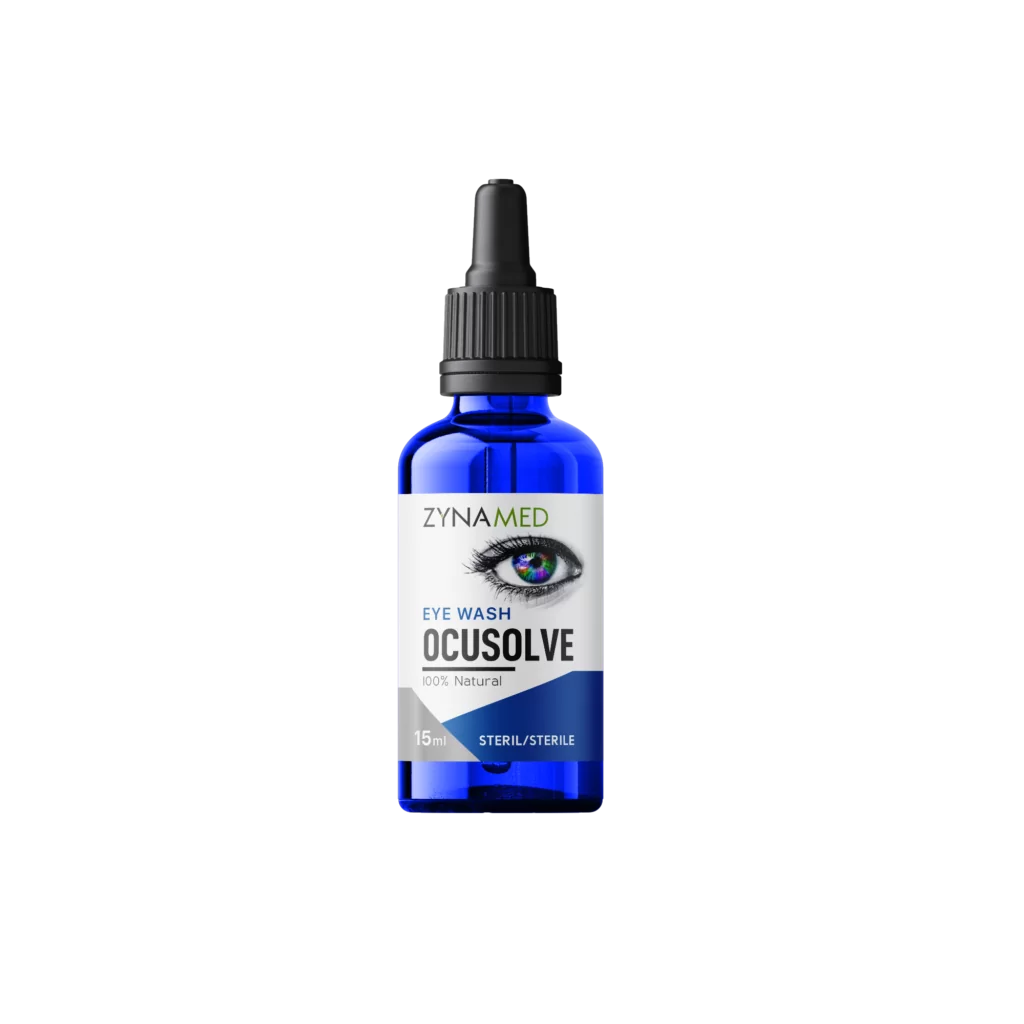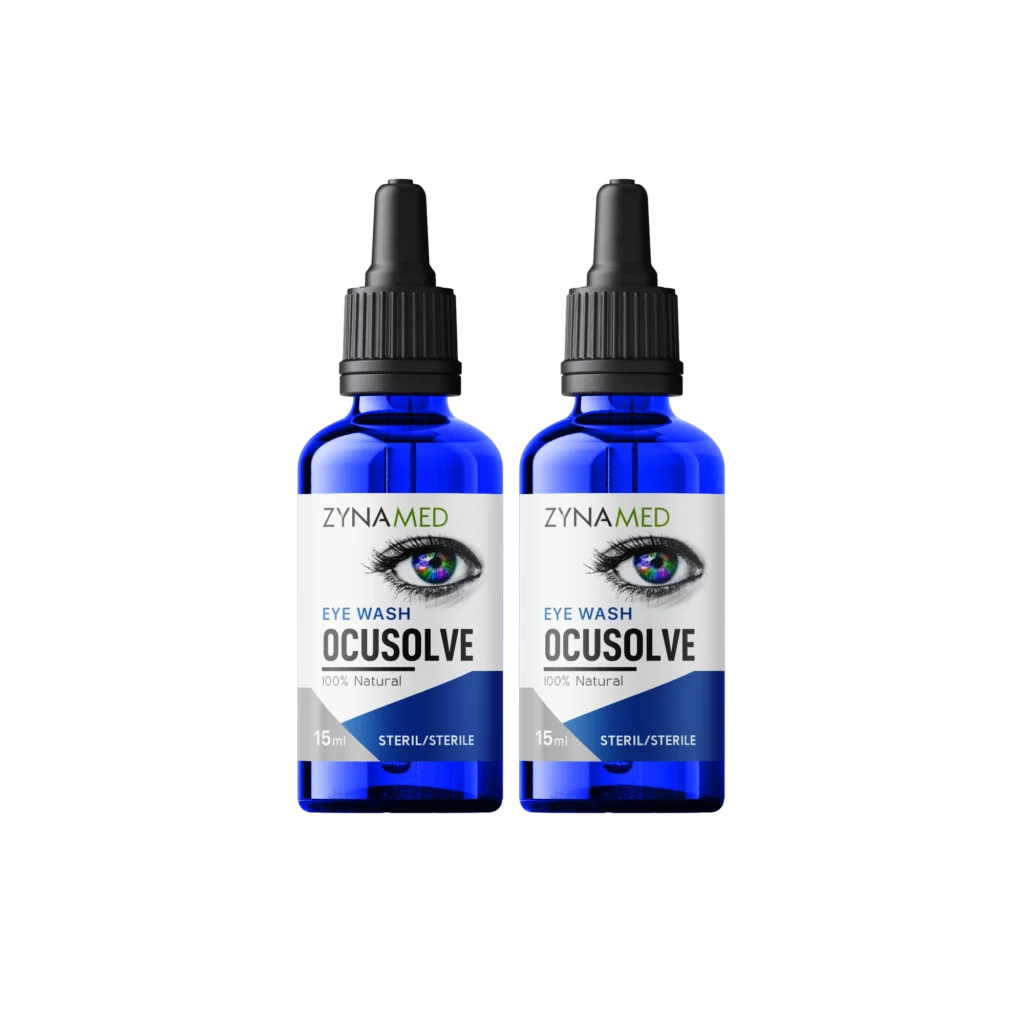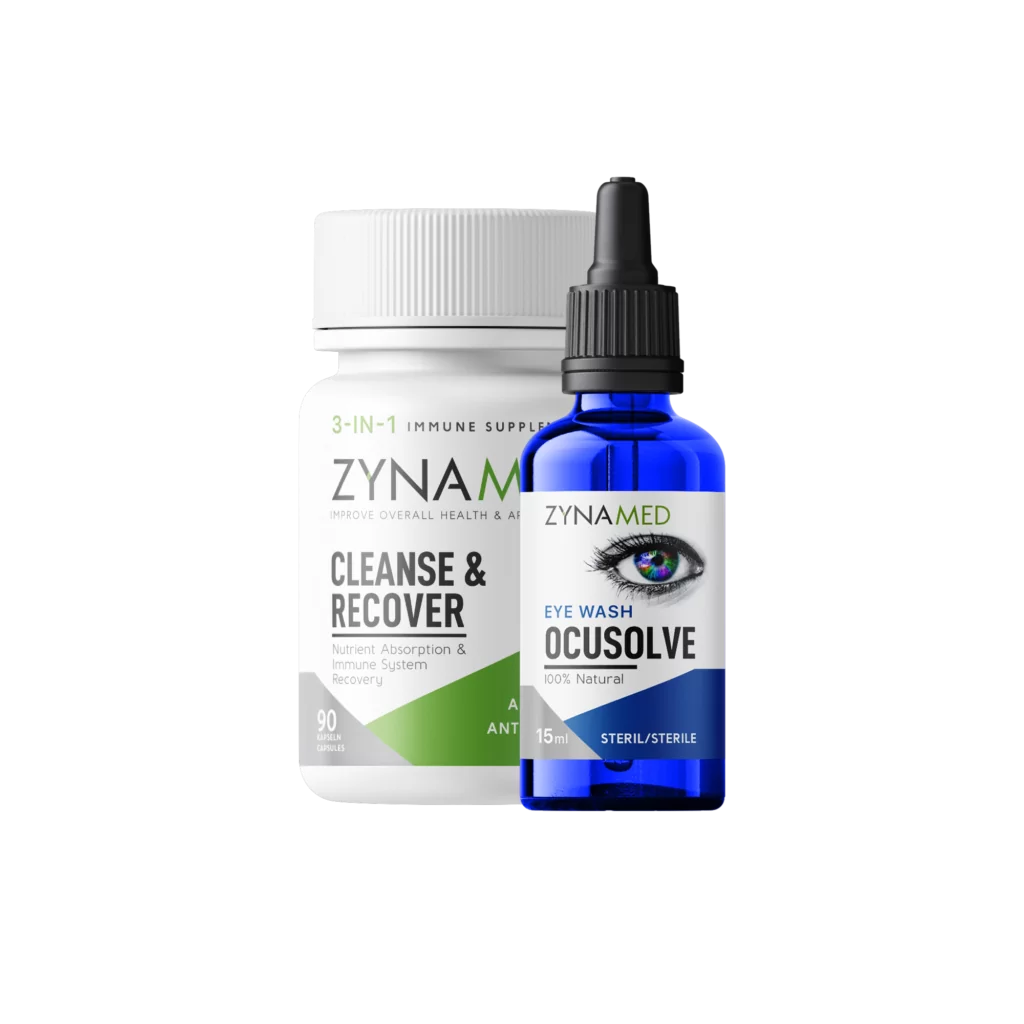Dry eyes: causes, development and treatment options
Dry eyes
Dry eyes are a common and often chronic (long-term) problem, especially in older adults.
Causes
Insufficient amount of tears
Tears are produced by several glands in and around the eyelids. Tear production decreases with age, disease or as a side effect of certain medications.
Environmental factors such as wind and dry climate can also reduce the amount of tears by increasing tear evaporation. When normal tear production decreases or tears evaporate from the eyes too quickly, dry eye symptoms may occur.
Poor qualitytears
Tears are composed of three layers: Oil, water and mucus. Each component protects and nourishes the front surface of the eye. A smooth oil layer helps prevent evaporation of the water layer. The mucin layer distributes tears evenly on the surface of the eye.
If tears evaporate too quickly or do not distribute evenly on the cornea due to deficiencies in one of the three tear layers, dry eye symptoms may occur.
How do dry eyes develop
Age
The majority of people over 65 suffer from dry eye symptoms.
Gender
Women are more likely to be affected by dry eyes due to hormonal changes caused by pregnancy, use of oral contraceptives, and menopause.
Medications
Some medications, including antihistamines, decongestants, blood pressure medications, and antidepressants, can decrease tear production.
Medical conditions
People with rheumatoid arthritis, thyroid problems, arthritis, diabetes, and thyroid problems are more likely to suffer from dry eyes. Dry eyes can also occur due to problems with inflammation of the eyelids (e.g., blepharitis), inflammation of the ocular surface, or eyelids that are turned inward or outward.
Other factors
Long-term contact lens use may be a factor in the development of dry eyes. Refractive eye surgery (such as LASIK) can decrease tear production and contribute to dry eyes.
Environmental conditions
E.g., smoke, wind, and a dry climate can increase tear evaporation. Irregular blinking, such as staring at a computer screen for long periods of time, can also be a factor.
Treatment and care of dry eyes
The main goal of dry eye treatment is to add tears, maintain tears, increase tear production, and treat inflammation of the ocular surface (or eyelids).
Addition of tears:
Mild cases of dry eyes can often be treated with artificial tear solutions. These can be used as often as needed to supplement natural tear production. People with dry eyes who do not respond to artificial tears alone will need to take additional measures to treat their dry eyes.
Increasing tear production:
Eye drops that increase tear production are possible.
Zynamed OcuSolve eye wash, good hydration (drinking) and a good supplement of omega-3 fatty acids are an excellent first aid for dry eyes.
OcuSolve with RAIN BIO-HOCI is specially formulated for long-lasting comfort and maintenance of a healthy tear film. The effect is fast-acting and relieves dry eyes, red and itchy eyelids that may be caused by dry eyes, blepharitis, contact lens wear or dysfunction of the meibomian glands. Studies have shown that the function of the meibomian glands improves significantly within 30 days.
OcuSolve™ Eye Wash is:
- a safe, soothing and healing eye drop that reduces erythema (redness) and dysfunction of the meibomian glands within 4-7 days.
- an oxygen-rich solution, provides gentle protection while supporting eye health.
- Preservative.
Recommended products
2 x OcuSolve Eye Wash 15ml 24% discount
OcuSolve Eye Wash 15ml and Cleanse&Recover 90 capsules
Shipping
Free delivery in Switzerland and Liechtenstein
payment
With us you pay comfortably and without risk against invoice, Paypal
or credit card.
satisfaction
The customer satisfaction rate is 99.5% and underlines our focus on top customer support.
100% Natural
Vegan, pure organic, free of any harmful substances. Does not contain soy and gluten.
Tested quality
This product is produced according to the highest standards (GMP) and continuously tested
for its quality.


